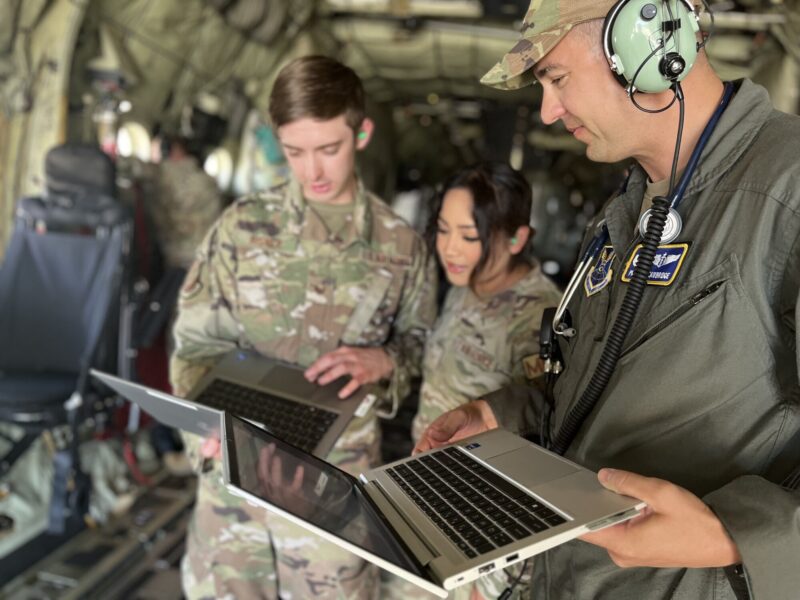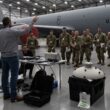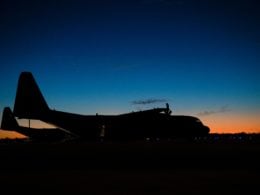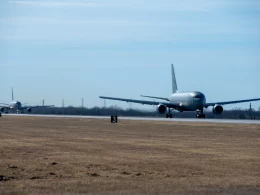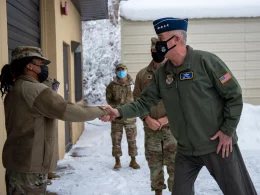ANDERSEN AIR FORCE BASE, Guam —
The 7th Medical Group (MDG) showcased significant advancements in aeromedical operations during Hazard Spear, a multi-mission exercise conducted by the 317th Airlift Wing. This marked the first operationalization of Starlink, a high-speed satellite internet system, within Air Force Global Strike Command.
“By using Starlink, on-scene medics can initiate communications with our electronic medical record MHS Genesis, improving emergency response efficiency. Modern medicine is electronic, we are trying to take that modern medicine out to the front,” said Staff Sgt. Tanner Risner, 40th Airlift Squadron independent duty medical technician.
Coined “Star Doc,” the 7th MDG successfully utilized Starlink in Saipan and Yap, an island in the Federated States of Micronesia. The Starlink satellite was powered through a C-130J Super Hercules post-landing. Within minutes, medics established satellite connections and were able to access patient records and their medical evacuation system “TRAC2ES.”
Lt. Col. Phillip Strawbridge, 7th Operational Medical Readiness Squadron commander, explained the rationale behind integrating Starlink. “The 317th AW has pioneered their Tactical Operations Center (TOC-in-a-box) based on Starlink. We recognized the potential of Starlink technology to address challenges in operating within great power competition environments, where traditional communications lines might be degraded or blocked.”
Normally, deployed medics may have access to the Battlefield Assisted Trauma Distributed Observation Kit or BATDOK, but in conjunction with Starlink, their access is greatly expanded. This successful demonstration of the Starlink and MHS Genesis interface offers a redundant aeromedical communication ability in austere environments.
Earlier this year, the 7th MDG tested this proof-of-concept during an Air Force Energy Resilience Readiness Exercise (ERRE), ensuring continued operations during a real-world power outage. Using the 9th Bomb Squadron’s mobile Starlink, the 7th MDG was able to leverage the satellite to operate Genesis and Aeromedical Services Information Management System (ASIMS) medical platforms. Integrating Starlink with tactical medical operations showcases a capability not previously demonstrated within AFGSC, marking a revolutionary step for Air Force Medicine.
“This new capability enables the 7th MDG to better support the operational mission of two wings by employing more robust medical support outside the walls of the 7th MDG. In essence – we can now provide mobile, versatile, and scalable medical care – anytime, anywhere,” said Col. Christopher Kelly, 7th Medical Group commander.
Refining procedures during exercises allows Airmen to train and improve medical operations, ultimately enhancing patient care. As the Air Force adapts to evolving threats, optimizing technologies such as Starlink will be huge for the future of medical support in dynamic environments.




